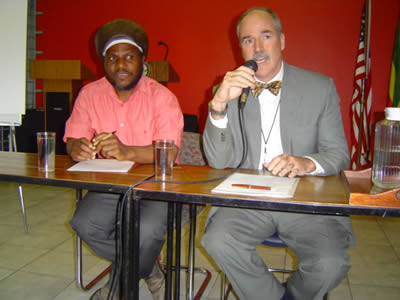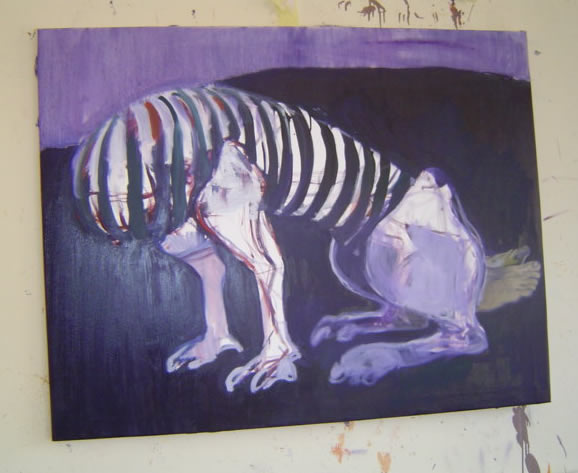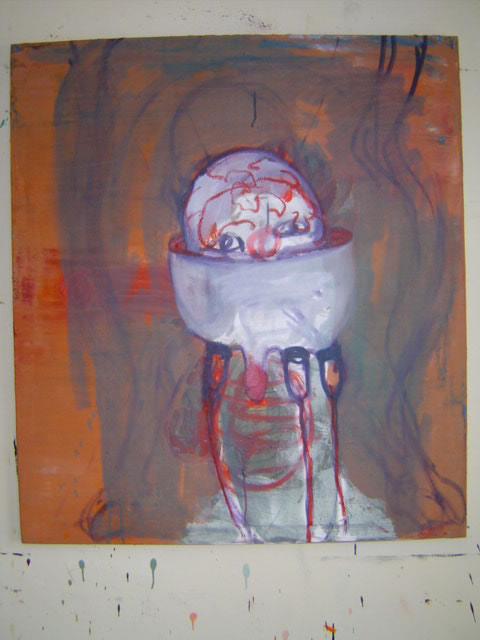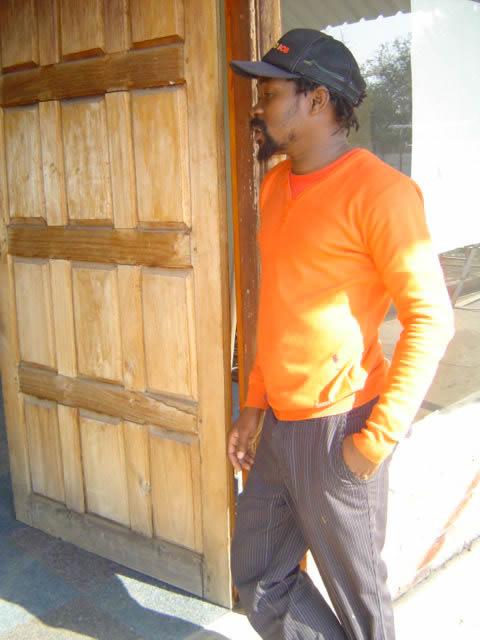Excessive use of “No refund, No return” disclaimer in Zimbabwean shops
Tuesday, August 28th, 2012 by Lenard KamwendoThis disclaimer is usually written in hand writing which is illegible and very difficult to read especially for the elderly. Or the sign is displayed where you can’t see it. The main reason that has driven many shops in Zimbabwe to put up this disclaimer is the sale of inferior and substandard goods. Imagine … you buy a pair of shoes in a shop for your grandfather who lives in the rural areas. When you get there, the shoes don’t fit – either the size is too big or small, and when you try to return them the shop owner tells you “sorry we don’t take returns and we do don’t do refunds here”. When you try to dispute that’s when the shop assistant quickly points to the hidden disclaimer. If you win your argument with the shop owner its either you are told to take another product but most of them they don’t give you your money back. Popularly known as “mazhing zhong” these products are being sourced from the East and people are flocking to buy them because of the low prices. The economic hardships have left many Zimbabweans with little option but to buy these products. Zambia’s Competition and Consumer Protection Commission outlawed this disclaimer 2011 in order to protect consumers from these fraudulent activities by shop owners who sell defective products.














